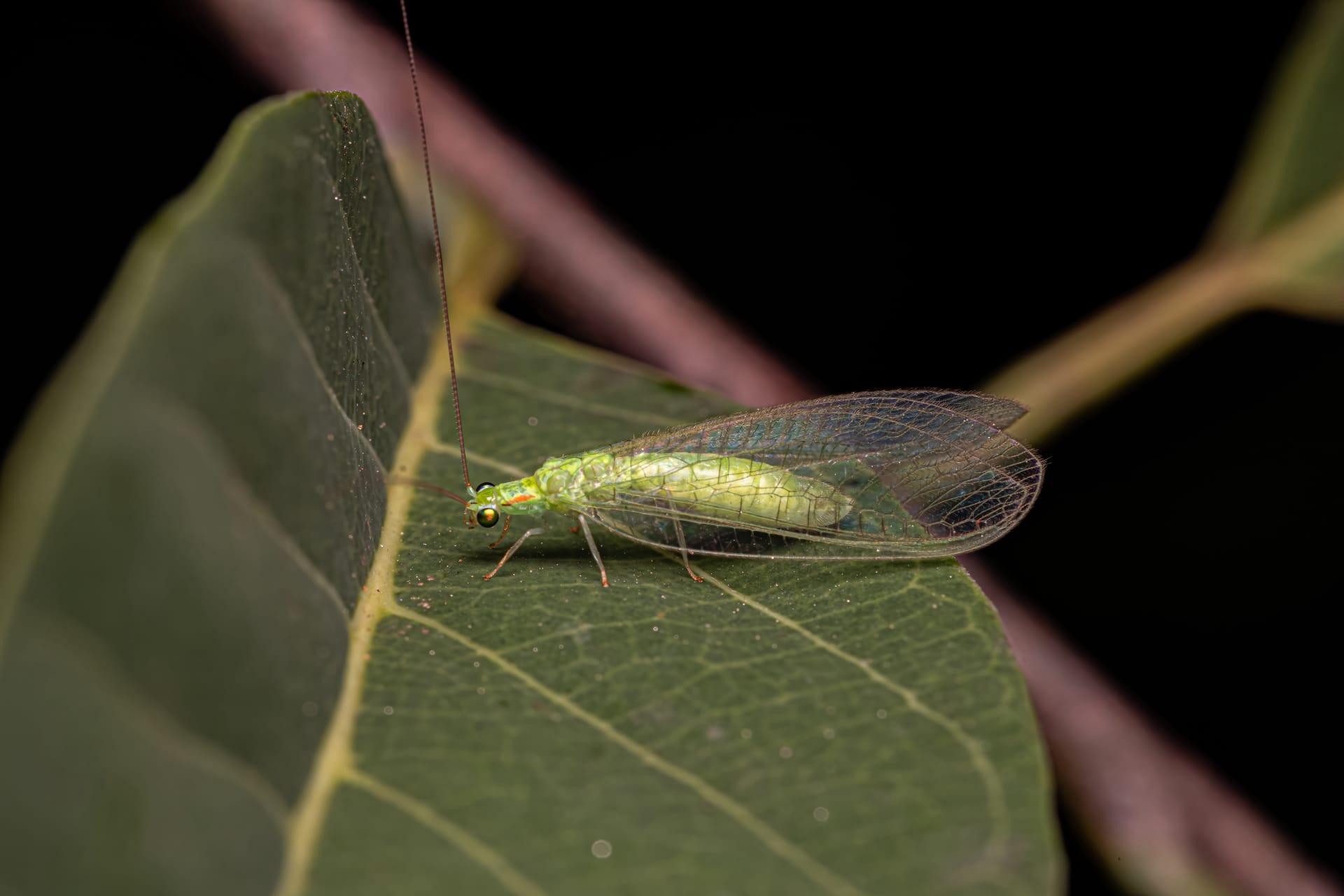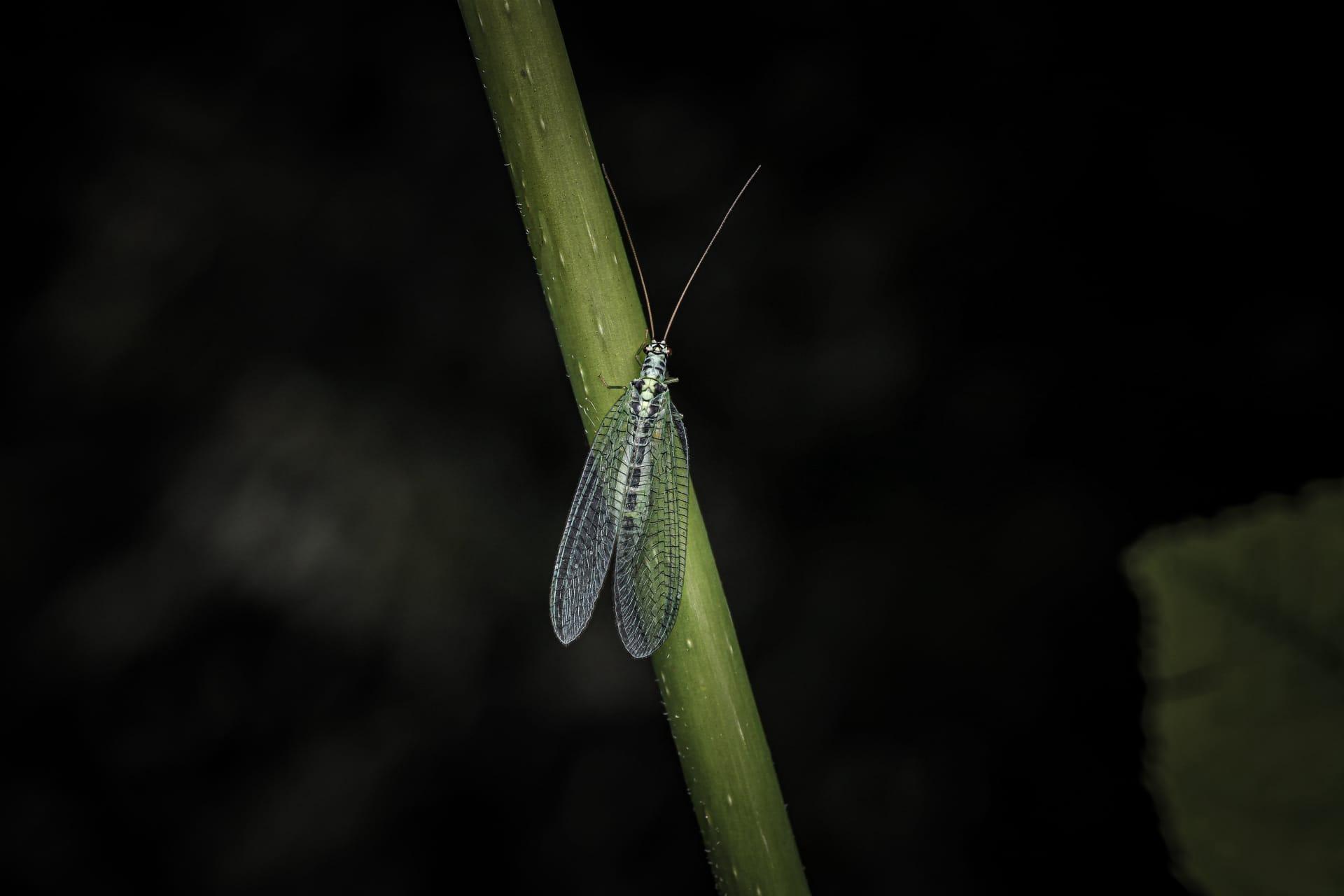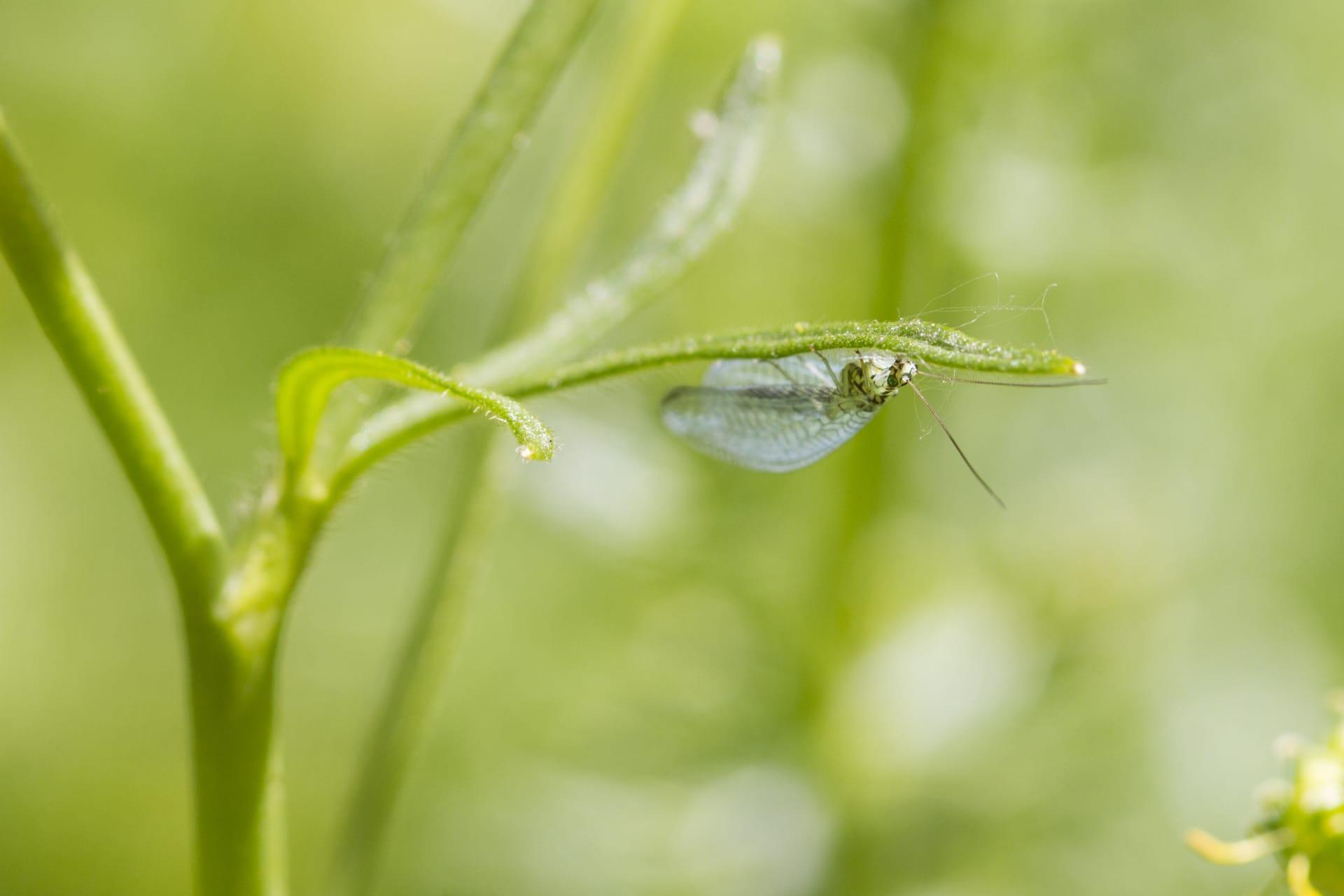Lacewings
- Home /
- Mini Encyclopedia /
- Animal /
- Lacewings
1
Lacewings, intriguing insects known for their delicate, veined wings, belong to the order Neuroptera. This order comprises over 2,000 species, categorized into various families, with Chrysopidae (green lacewings) and Hemerobiidae (brown lacewings) being the most well-known. Each species is distinct in its morphology, having two pairs of transparent, membranous wings and large, compound eyes. Their body sizes vary, generally measuring between 0.4 to 1.5 inches (1 to 3.8 cm) in length, with wingspans reaching up to 2.4 inches (6 cm).
Lacewings are found globally, thriving in diverse habitats. They are particularly abundant in temperate and tropical regions. While green lacewings are commonly seen in gardens and fields, the brown lacewings often inhabit forested areas and meadows. Lacewings are versatile in their environmental adaptability, residing in areas ranging from moist woodlands to arid deserts. Their distribution is widespread, with notable populations in North America, Europe, Asia, and Australia, reflecting their ability to adapt to various climatic conditions.

2
Question: Do lacewings bite or sting humans?
Answer: Contrary to some misconceptions, lacewings are harmless to humans. They neither bite nor sting. In fact, lacewings are beneficial insects in the garden. Their larvae, often called "aphid lions," are voracious predators of aphids and other small, soft-bodied pests. Adults primarily feed on nectar, pollen, and honeydew, making them important contributors to pollination. Understanding their harmless nature and beneficial role can help people appreciate their presence in the ecosystem.

3
Lacewings have evolved several survival strategies. The most notable is their predatory larvae, which use their sharp mandibles to feed on a variety of small insects and insect eggs. This voracious appetite is beneficial for controlling pest populations in gardens and farms. Additionally, lacewing eggs are uniquely positioned at the ends of slender stalks, which reduces the risk of predation and cannibalism among hatching larvae.
Another fascinating survival strategy of lacewings is their ability to play dead, a behavior known as thanatosis. When threatened, some lacewing species will drop to the ground and remain motionless, effectively evading predators. Their green or brown coloring also provides excellent camouflage among leaves and branches, aiding in their stealth and survival.

4
In the ecosystem, lacewings play a critical role as both predators and prey. As predators, their larvae significantly contribute to controlling pest populations, such as aphids, mites, and caterpillars, which are harmful to plants. This predatory behavior makes lacewings valuable allies in biological pest control strategies, especially in sustainable agriculture.
As part of the food chain, lacewings are preyed upon by birds, bats, and larger insects. This predation is essential in maintaining ecological balance. Furthermore, adult lacewings are pollinators, visiting flowers for nectar and pollen. This interaction aids in the pollination of various plant species, enhancing biodiversity and the health of ecosystems.

5
Film: "Winged Predators: The Lacewing's Tale" is a documentary produced in the United Kingdom in 2020. It explores the life cycle of lacewings, emphasizing their role as natural pest controllers. The film showcases stunning macro-photography, revealing the intricate details of lacewing behavior, from egg-laying to the predatory prowess of their larvae.
Book: "Insects of the Garden: Exploring the Micro-World" authored by Dr. Thomas Green in the United States, published in 2018, includes a comprehensive chapter on lacewings. The book delves into their life cycle, habitat, and ecological importance, providing insights into their role in garden ecosystems.
Book: "Natural Predators: The Lacewing" by Sarah Johnston, published in Canada in 2021, offers an in-depth look at the species. It covers various aspects of lacewing biology, their interaction with the environment, and their significance in biological pest control, making it an invaluable resource for entomologists and gardeners alike.